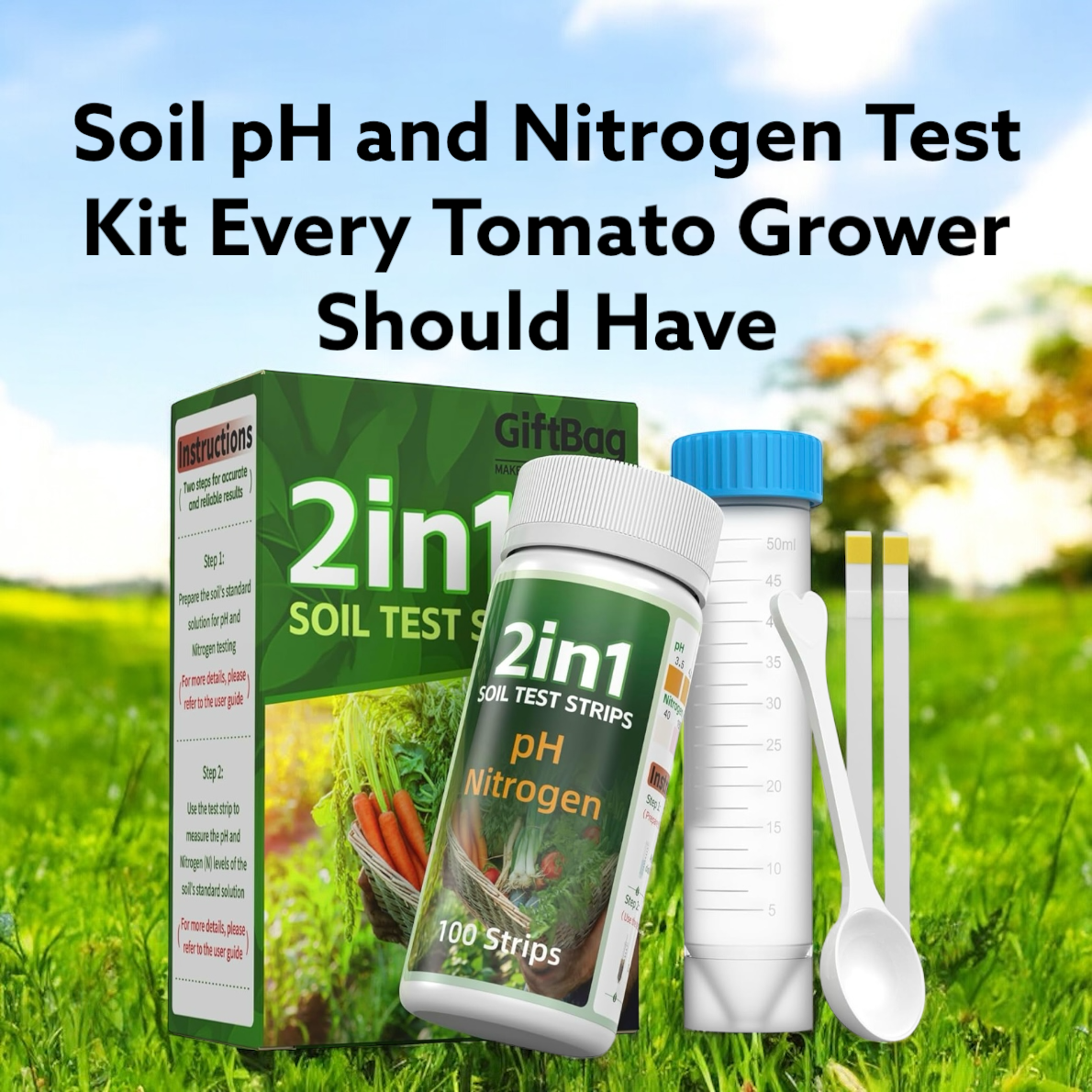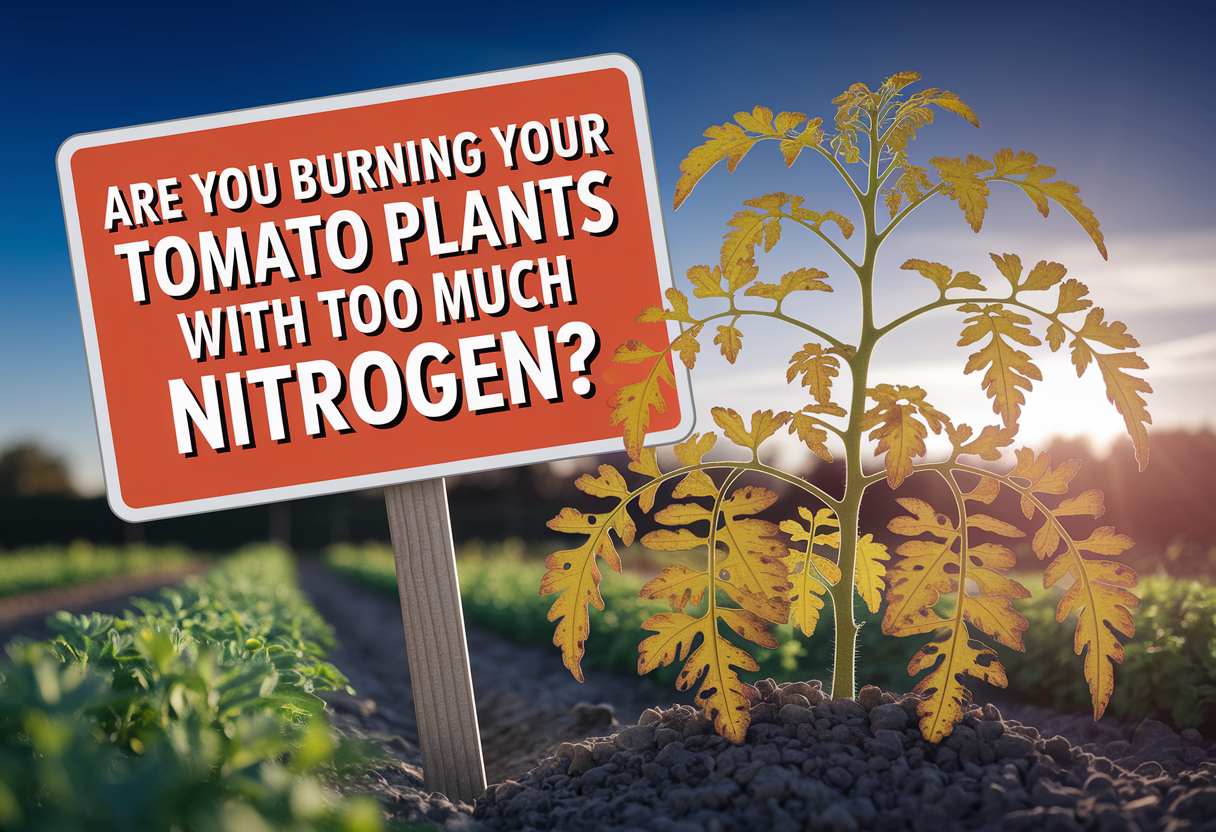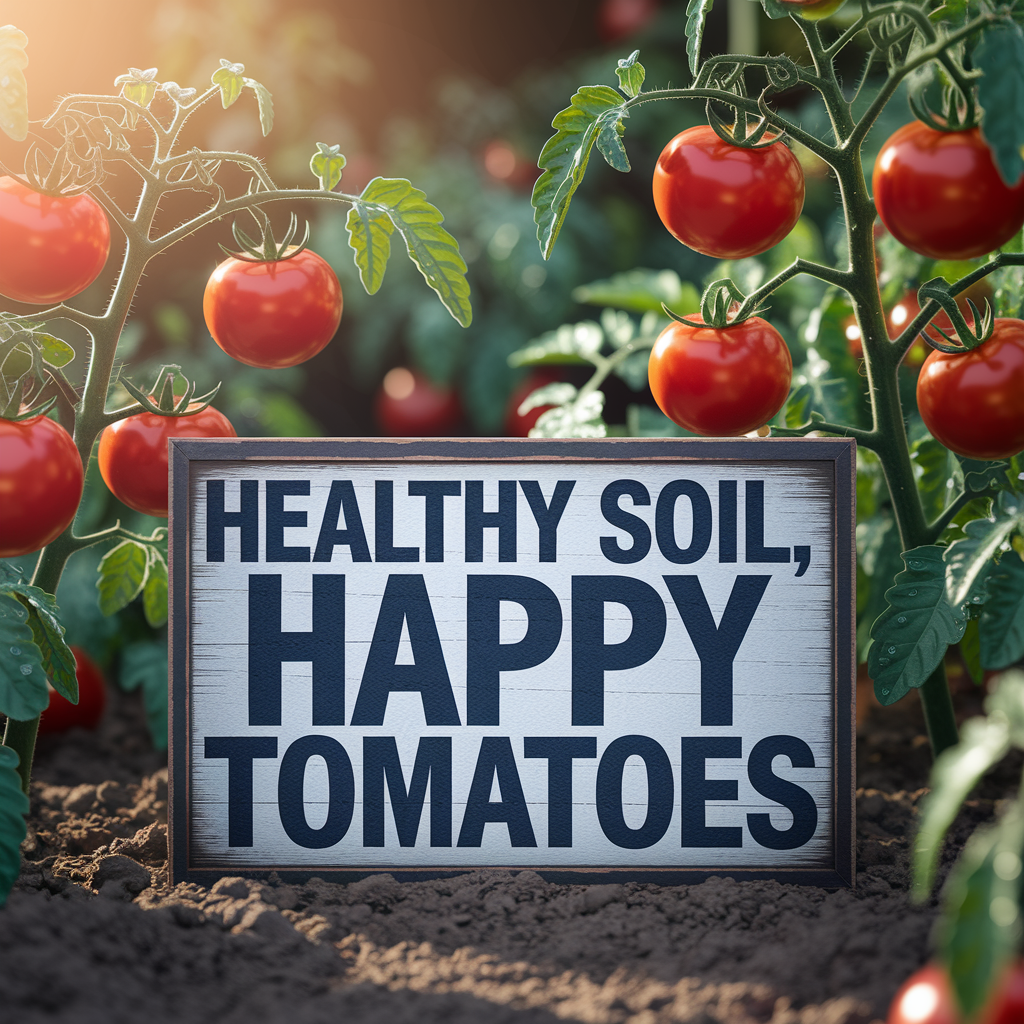
Why Would You Want to Grow Tomatoes Faster?
If you’re anything like me, the excitement of seeing those first green tomato buds turn red can feel like forever. When I first started growing tomatoes, I had no idea how much I could actually influence how fast they grow. Whether you’re trying to beat early fall frosts, or you just want to enjoy fresh tomatoes ASAP, knowing how to grow tomatoes faster can totally change your gardening game.
Speeding up the process doesn’t mean sacrificing quality. In fact, faster-growing tomato plants tend to be healthier and more productive when given the right conditions. It’s all about working with the plant, not forcing it unnaturally.
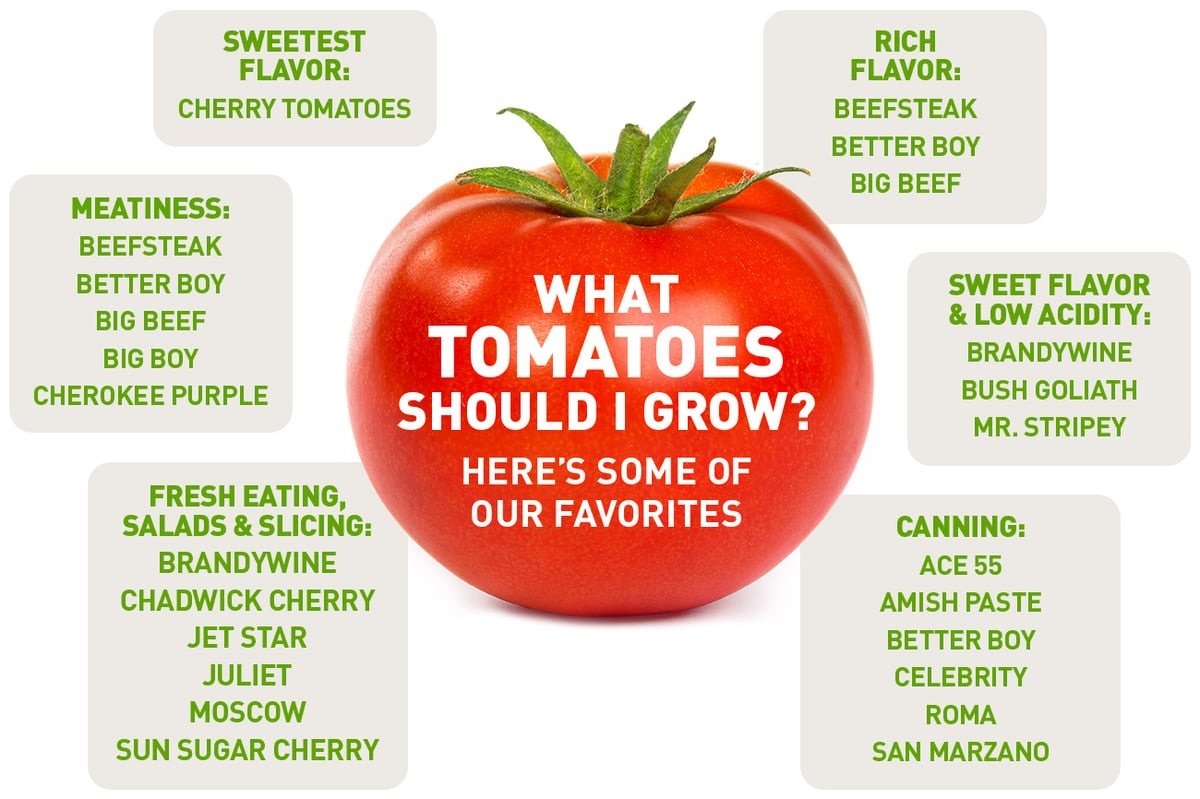
Choose the Fastest Growing Tomato Varieties
Your tomato journey starts with the right seeds. Some tomato types are marathon runners, while others are sprinters. If your goal is quick harvests, you want those sprinters.
Here are some of my go-to fast growers:
- Sun Gold Cherry Tomatoes – Sweet, juicy, and ripen crazy fast.
- Early Girl – True to the name, these red slicers mature earlier than most.
- Juliet Grape Tomatoes – Perfect for containers, disease-resistant, and early producers.
- Bush Early Girl or Glacier – Great compact plants with super early fruits.
If you’re still trying to decide what to grow, I’ve got a full breakdown of tried-and-true varieties here:
👉 Check out the best tomatoes to grow and why they’re my go-to picks
Choosing fast-growing types saves you weeks in waiting, and that’s something I wish I’d known when I started!

Start Indoors and Get a Head Start
One of the best tricks I’ve learned on how to grow tomatoes faster is to start seeds indoors — way before the weather warms up outside. You can shave off a solid 4 to 6 weeks just by getting your seedlings going in trays under grow lights.
Here’s what I do:
- Use seed starting trays and a heat mat.
- Keep a grow light 2–3 inches above the seedlings.
- Transplant when they have at least two strong sets of leaves.
By the time other gardeners are just dropping seeds outdoors, your plants are already halfway to blooming.
And if you want to maximize your results when transplanting later, pair them with the best soil mixture for growing tomatoes in containers 👉
Here’s what I’ve tested and now use every year
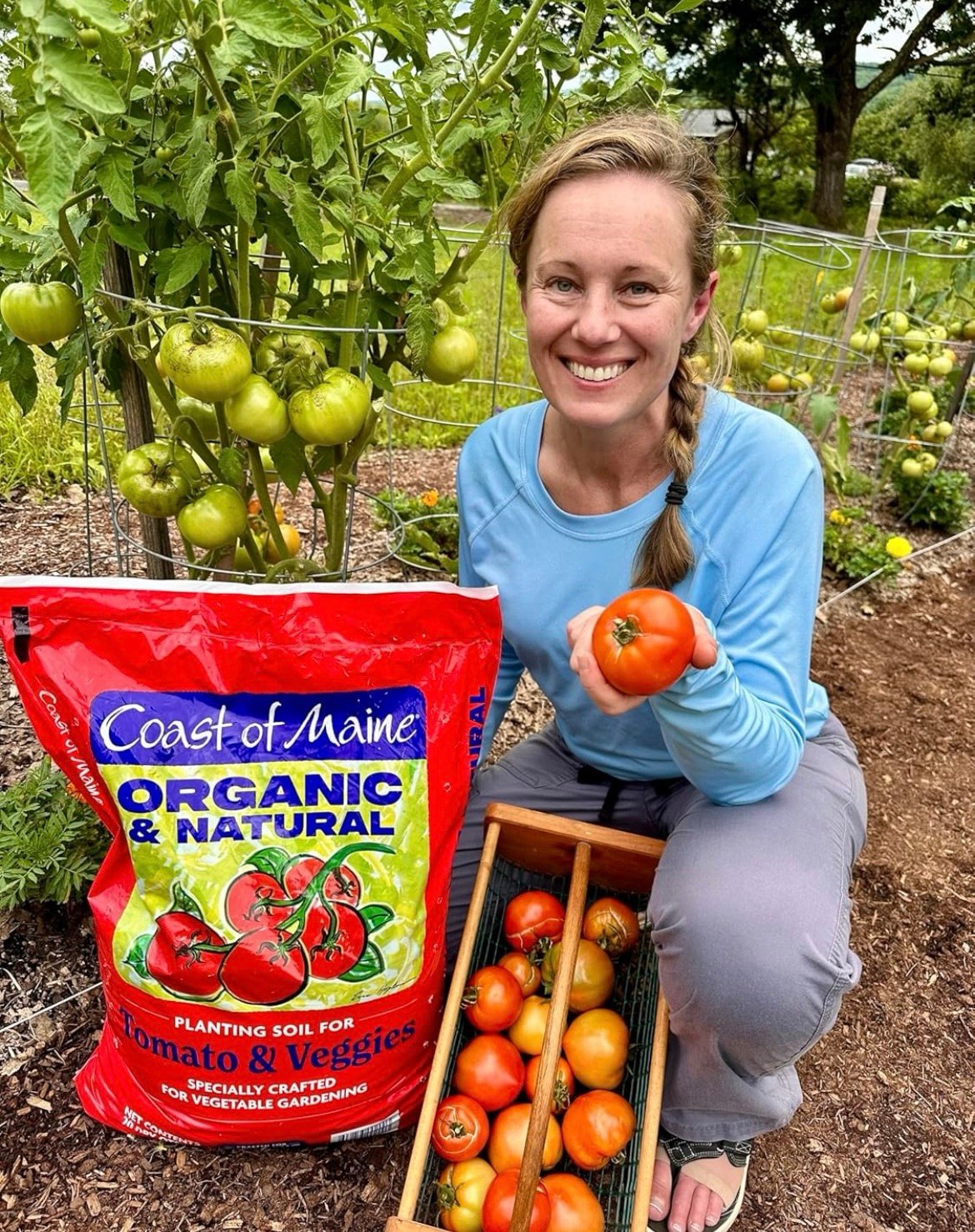
Give Tomatoes the Perfect Soil Mix from Day One
One big mistake I made early on? Just grabbing “regular dirt” and thinking tomatoes would thrive. Nope. Tomatoes are picky eaters — they crave nutrient-rich, well-draining soil that holds moisture but doesn’t stay soggy.
For faster growth, I always use a mix like this:
- Organic compost for nutrients and microbial life
- Peat moss or coconut coir to retain moisture without waterlogging
- Perlite or vermiculite for extra drainage and airflow
- A sprinkle of crushed eggshells or lime to give a calcium boost (prevents blossom end rot)
But honestly, if you don’t want to mix your own, I’ve tested a soil that works insanely well right out of the bag.
👉 This tomato soil is the best I’ve ever used in containers or raised beds
Healthy soil equals faster root development — and faster root development means more tomatoes in less time.

Warm Soil = Happy (and Fast-Growing) Tomato Plants
Tomatoes hate cold feet. If you transplant them into chilly soil in early spring, they’ll just sit there… doing nothing. But if you wait until the soil is at least 60–65°F, your plants will take off.
Here’s how I warm my soil and speed things up:
- Use black plastic mulch or landscape fabric to absorb and trap heat
- Cover garden beds with clear plastic sheets 7–10 days before planting
- Choose raised beds or containers, which naturally warm faster than ground soil
You can also check your soil temp with one of my favorite gadgets 👉
This soil tester checks temperature, moisture, pH and more — seriously helpful for timing your planting perfectly!
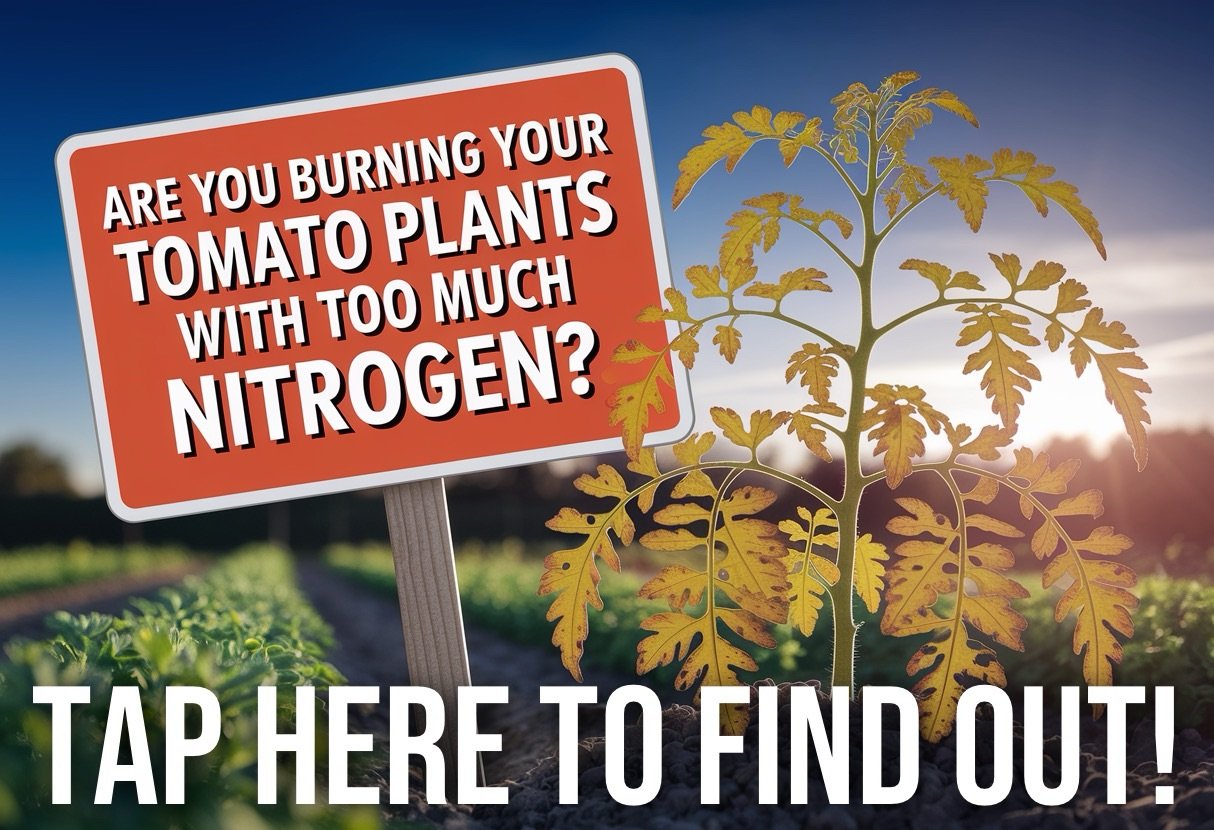
Don’t Overdo It on the Nitrogen
Now here’s a hard truth I had to learn: more fertilizer doesn’t always mean faster growth. In fact, too much nitrogen can cause your plants to grow huge leafy vines with zero tomatoes.
For speed and balance, I use a fertilizer lower in nitrogen and higher in phosphorus and potassium — the nutrients that boost root growth and fruit development.
Look for something labeled 5-10-10 or 4-6-8, and go light on the feedings early on. And if you think you may have overdone it already, you’ll definitely want to read:
👉 Are you burning your tomato plants with too much nitrogen?
That one’s a real eye-opener for new growers.

Choose Fast-Growing Tomato Varieties (Some Really Do Grow Quicker)
If speed is what you’re after, variety matters more than most people realize. I learned the hard way that certain heirloom types take forever to ripen — and when you’re craving that first red tomato, the wait feels eternal.
Some tomato varieties are bred specifically for early maturity, meaning they produce tomatoes weeks ahead of others. Here are a few of my go-to fast producers:
- Early Girl – 50 days to maturity and packed with flavor
- Bush Champion – Compact, early, and great for containers
- Sun Gold Cherry – Super sweet and ripens crazy fast
- Jet Star – One of my secret weapons for early slicers
If you’re wondering what tomato types are best for different uses, definitely check out 👉
This breakdown of the best tomatoes to grow based on flavor, canning, and more — it’s a must-read if you’re deciding what to plant.
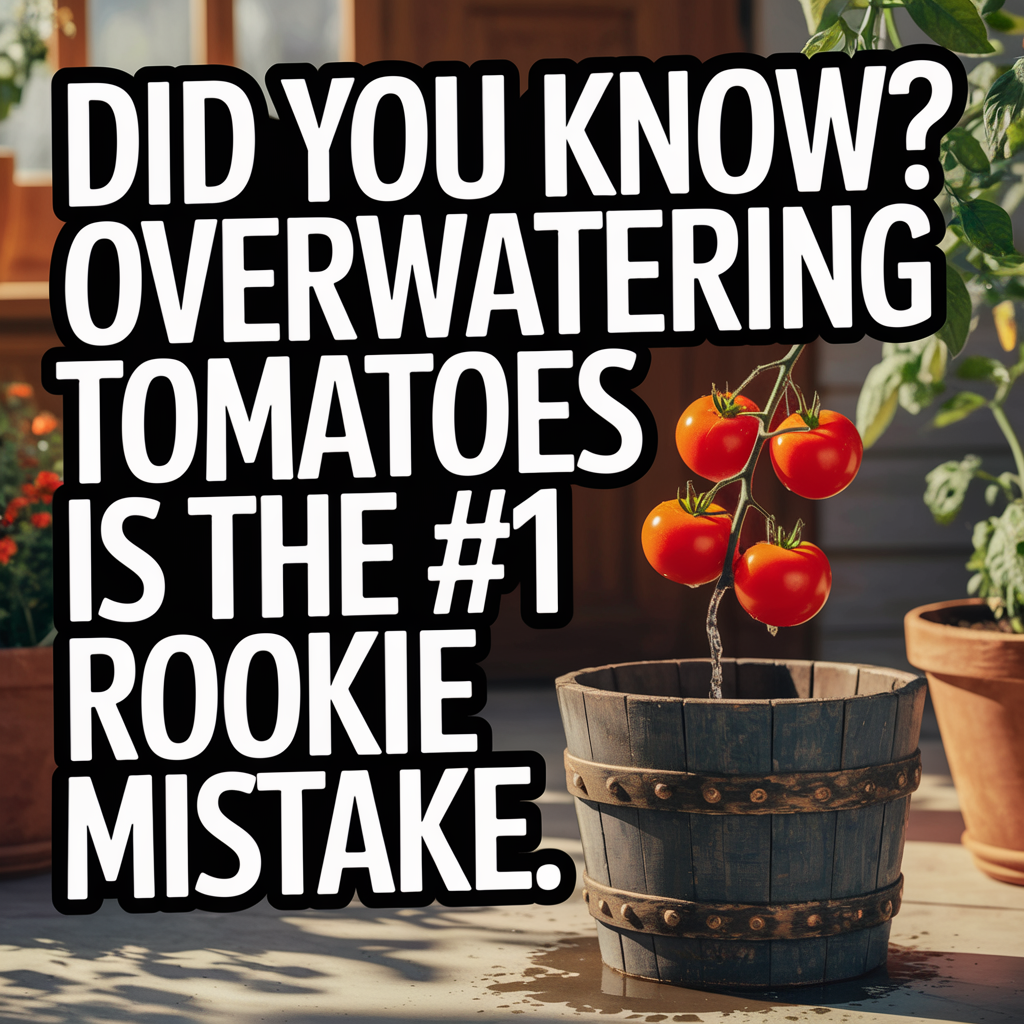
Water Deep and Less Often for Explosive Root Growth
This one was a total game-changer for me. Instead of shallow, frequent watering (which just encourages surface roots), I started watering deeply but less often — and it worked. My plants rooted deeper, got stronger, and grew faster overall.
Here’s what I do now:
- Water 2–3 times a week, but for longer periods
- Use a soaker hose or drip irrigation to get water to the roots
- Mulch with straw or shredded leaves to keep moisture in and roots cool
And remember — inconsistent watering is one of the top causes of blossom end rot. I go deeper into how I handle that here:
👉 How to prepare soil for tomatoes the right way — it’s not just about nutrients, but water control too.
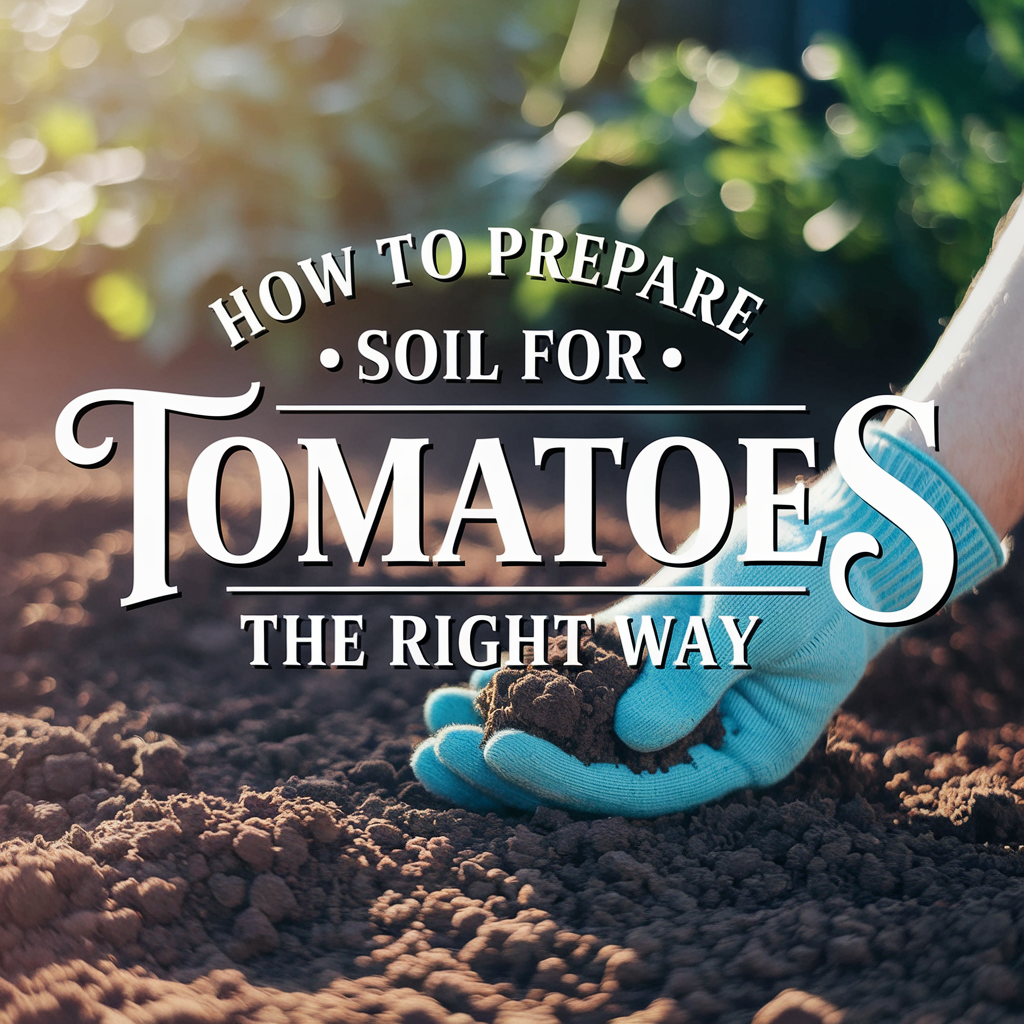
Use the Topping Trick (for Faster Growth and Earlier Harvest)
Most folks don’t know this, but topping your tomato plant — basically trimming off the growing tip — can actually speed things up. It forces the plant to stop growing tall and instead focus its energy on ripening the fruit that’s already growing.
Here’s when I do it:
- When the plant reaches the top of the trellis or cage
- Or when there are 5–6 clusters of fruit and I want them to finish strong
Snip the main stem just above a leaf node. It’s a little scary at first, but trust me — it makes a big difference if you want a faster, more focused harvest.
If you’re using trellises (which I totally recommend for growth and airflow), take a look at:
👉 How I built my own tomato trellis system that handles 20+ plants — it’s strong, budget-friendly, and boosts growth like crazy.
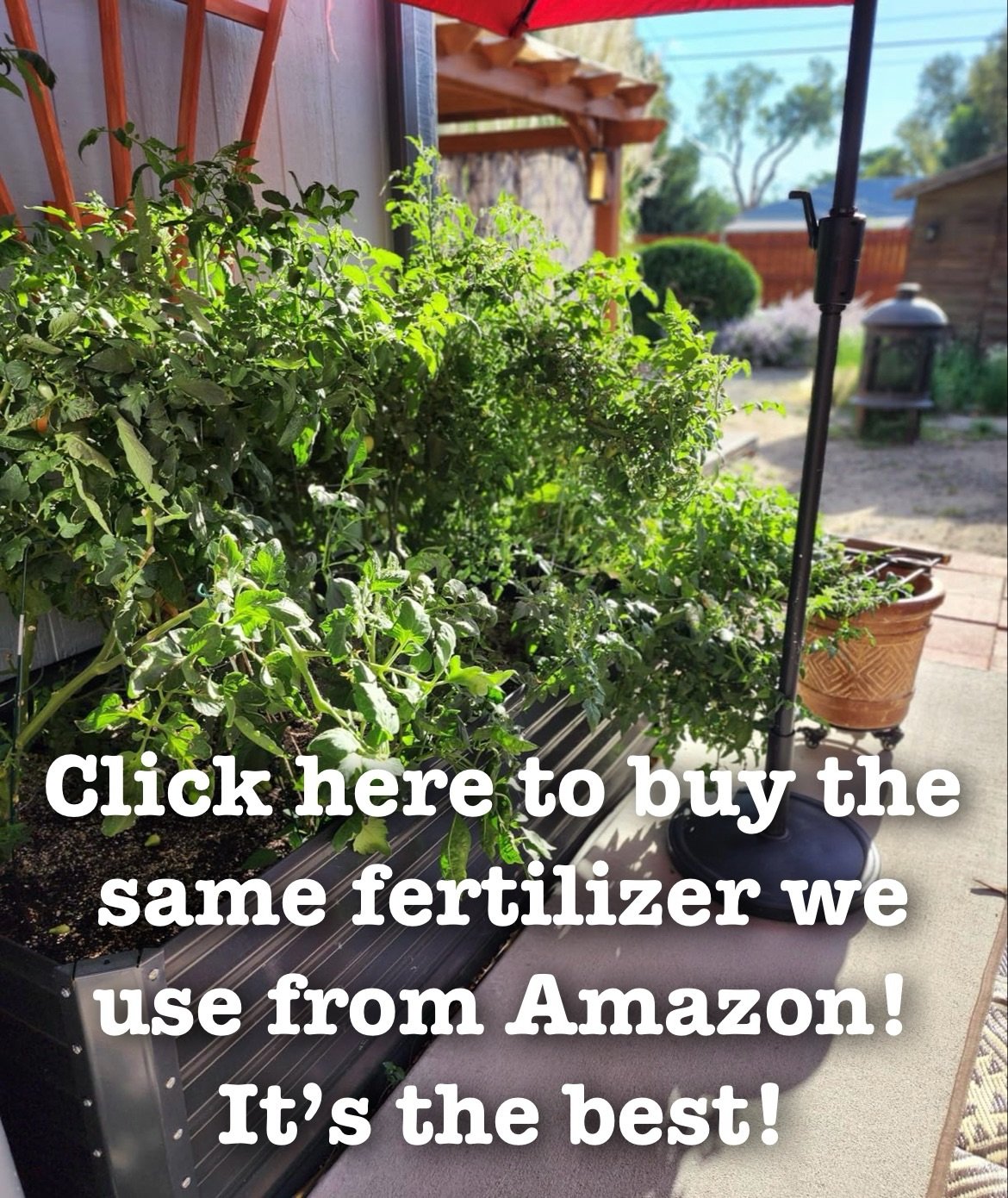
Don’t Skip Fertilizer – It’s the Fuel Your Tomatoes Crave
One of the biggest boosts to fast tomato growth is giving them the right fertilizer at the right time. When you’re aiming for speedy results, fertilizer isn’t optional—it’s essential. But not just any kind will do.
In my experience, the best growth happens when I use a balanced fertilizer early on—something like a 5-5-5 or 10-10-10mix for seedlings. Once my plants start flowering, I switch gears to a low-nitrogen, high-phosphorus option to encourage blooms and fruit.
If you’re wondering what product actually makes a difference, I laid it all out here:
👉 The Best Fertilizer for Tomatoes That Actually Works – this post breaks down exactly what I use, how often, and how to avoid the mistakes that slow everything down.
Just don’t overdo it—especially with nitrogen. More isn’t better. Too much and you’ll grow a lush green jungle with barely any fruit. Stick to a schedule, water after feeding, and watch your plants explode with life.
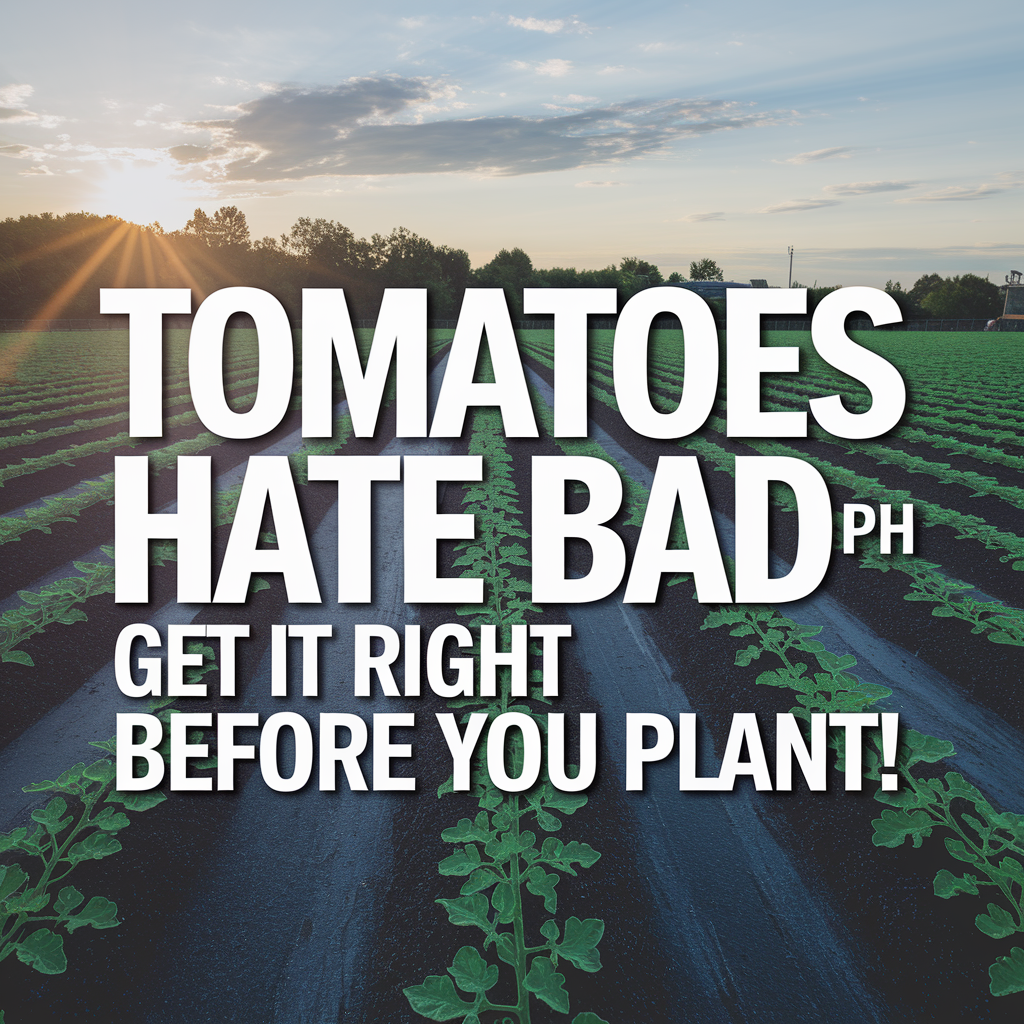
Speed Growing Tomatoes the Right Way
Growing tomatoes quickly isn’t about rushing—it’s about getting things right from the start. Use fast-germinating seeds, prep your soil like a pro, and never underestimate the power of smart fertilizing and sunlight.
You don’t have to wait forever to enjoy your harvest. With the right setup and care, you can grow tomatoes faster without sacrificing quality. Whether you’re planting in pots, raised beds, or a traditional garden, everything from how you feed, how you support, and how you water makes a real difference.
Want more ideas to boost your tomato garden this year? Don’t miss these:
- 👉 Best Soil Mixture for Growing Tomatoes in Containers
- 👉 How to Trellis Tomatoes the Smart Sturdy Way
- 👉 Things I Wish I Knew Before Growing Tomato Plants
- 👉 Are You Burning Your Tomato Plants with Too Much Nitrogen?
- 👉 Best Time to Pick Tomatoes for Juicy Flavor and Firmness

As an Amazon Associate we earn from qualifying purchases through some links in our articles.
